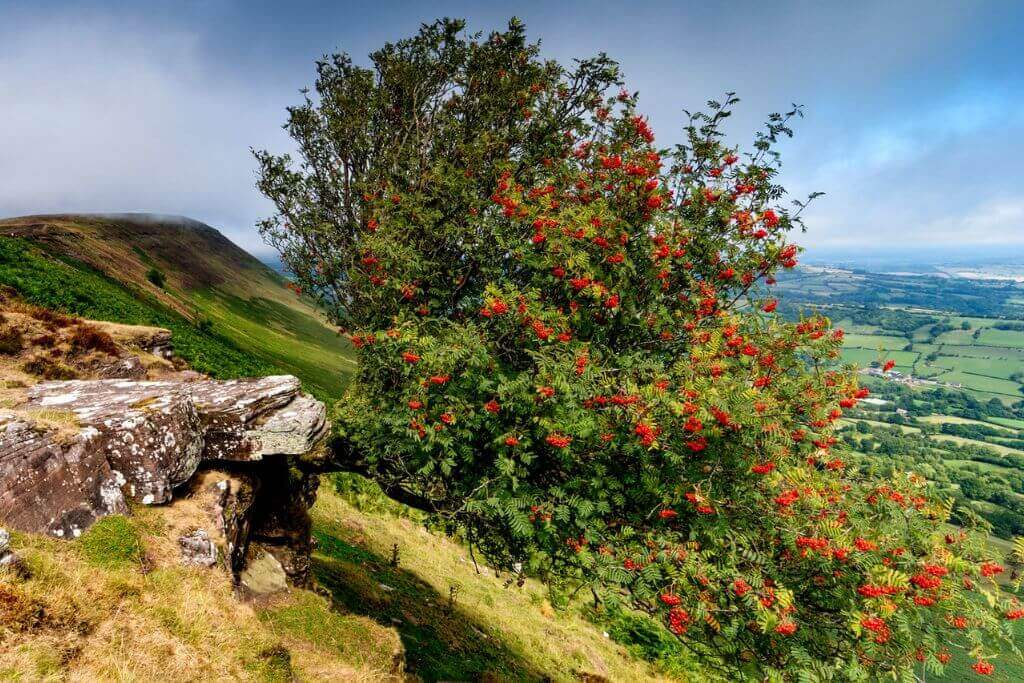Posted by Maris on 4th Sep 2023
10 Unique Superstitions The Scottish Still Believe
If a broken mirror sends shivers down your spine or a black cat crosses your path, you might be startled to learn that many of our frequently held superstitions originated in Scotland. Their ongoing fascination with superstitions may be a relic of Scotland’s historic fixation with witchcraft from the 15th through the 18th centuries, or it may just be a byproduct of being the home of the mythical Loch Ness monster. In any case, keep reading to learn about the ten most persistent beliefs held by Scots.
First-Footing

The ritual of first-footing is still extensively performed throughout Scotland and begins as soon as the clock strikes midnight on Hogmanay. According to local legend, the first person to walk through your door after the bells ring should be a tall, dark man bearing gifts of salt, whisky, shortbread, coal, and a black bun – anything less will bring you a year of bad luck, especially if you are greeted by a blond man wielding an axe. Following that, guests of any gender and hair color are free to enter your home and exchange gifts while partying the night away.
May Morning Dew

Every May 1st, ladies across Scotland set aside their costly moisturizers in search of the actual elixir of youth – the first May dew. This custom dates back to the ancient druidic festival of Beltane, when pagans burned bonfires to honor the sun and assure a bountiful crop the next year. May dew was revered as ‘holy water’ by the druids, and was supposed to be a source of beauty, vigor, and good fortune. Though the practice has declined in recent decades (thanks, Botox…), some Scottish ladies will still rise with the sun to wash their faces with May morning dew in the hopes of a year of fair skin.
White Heather

Though its purple variant is more well-known, white heather is considered a lucky talisman and is typically worn as a boutonniere by a groom on his wedding day. Its fame derives from the folk legend of Malvina, whose lover, Oscar, dies in war and sends a branch of purple heather to Malvina as a sign of his love. Her tears fall on the heather, turning its blossoms white as she weeps over the awful news. Then Malvina said, ‘May the White Heather, emblem of my sadness, bring good fortune to those who find it.’
Handselling
Another prominent Scottish custom is ‘handselling,’ or placing a piece of silver in the palm of a newborn in order to ensure a prosperous life. The baby’s reaction to the silver is also thought to predict his or her future connection with money. They will be frugal with their finances if they grasp it hard; if they drop the silver instantly, they will be a spendthrift.
Black Sheep

‘The black sheep of the family,’ one of the most often used phrases in the English language, derives from a longstanding superstition among Scottish farmers and shepherds. Because the color black is firmly connected with Satan in Scotland, the birth of a black sheep is thought to presage the end of the flock. Also, if a sheep gives birth to twins with black faces, the shepherds can expect a difficult lambing season.
Guising
Many Halloween rituals come from the Celtic celebration of Samhain, when it was believed that the boundaries between this world and the Otherworld became permeable, allowing ghosts and devils to more easily pass into our world. As a result, the Celts established the practice of ‘guising,’ or putting on disguises in order to slip by the spirits unnoticed and undisturbed, and delivering gifts of food to placate them – a forerunner to our modern-day tradition of trick-or-treating.
Oh, baby…
Scotland also has many superstitions around delivery, as giving birth was a dangerous procedure for many women until recently. Until the 1950s, Scottish midwives, or ‘Howdies,’ would be dispatched to the home in the event of a birth, and would perform certain rituals to ease the process, such as unlocking all doors and windows and ensuring that no one in the home is sitting with their arms and legs crossed to assist the baby into the world.
Rowan Trees

Another relic of Scotland’s ‘Satanic fear’ is the habit of planting a rowan tree on your property to keep witches away. The rowan tree, considered sacred by the Celts, is also supposed to provide protection from malevolent spirits and the ‘Evil Eye,’ and Howdies used to prepare its berries into a herbal medicine for expecting mothers to help safeguard their unborn child.
Shoes on the Table
Though it may seem obvious, placing your shoes on a table is considered impolite. This superstition is supposed to have originated in collieries in the north of England, where after a miner died, his boots were placed on the table as a token of respect. It was soon believed that placing your boots on the table while still alive would bring death to your family, and the superstition spread fast to Scotland.
Going Fishing…
The Outer Hebrides and East Neuk in Fife are well-known for their rigorous nautical regulations and customs. If a fisherman sees a minister or a girl with ginger hair, he may refuse to go out to sea that day because it was thought to be a bad omen. Any mention of a pig or rabbit is also strictly forbidden aboard a boat, as they are considered bad luck – if you must, call them a ‘curly tail’ or a ‘bob tail’ instead. Salmon, or’reid fish,’ are especially dreaded since they were a sacred animal to the Celts.

